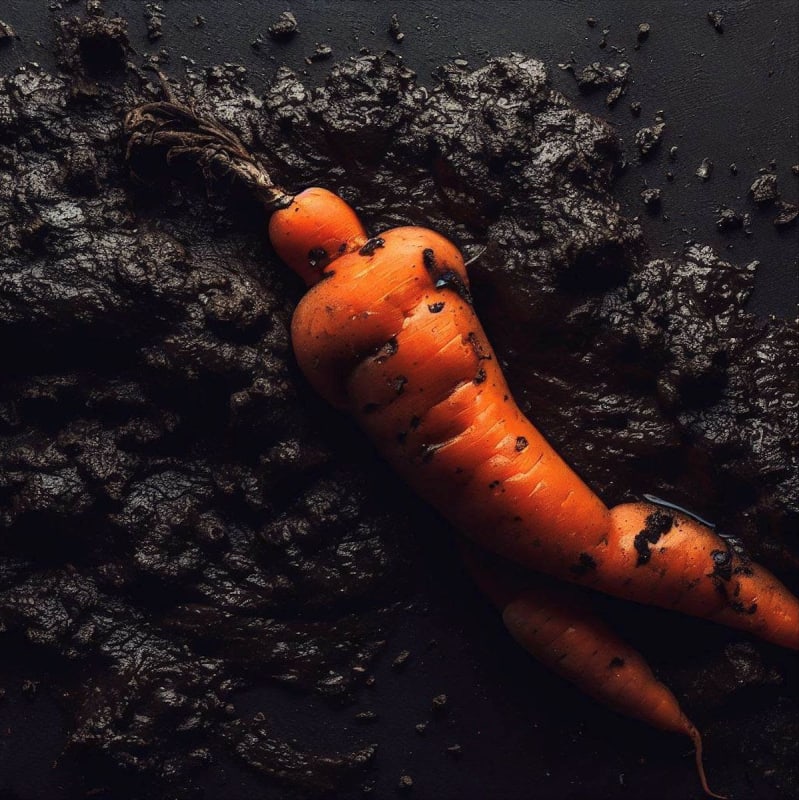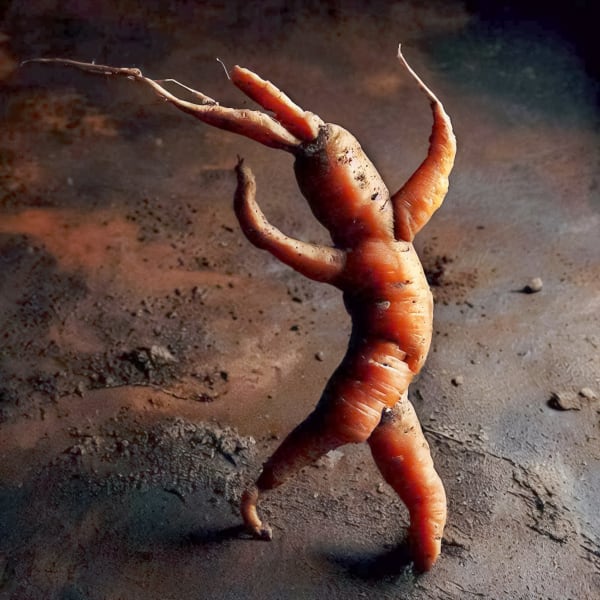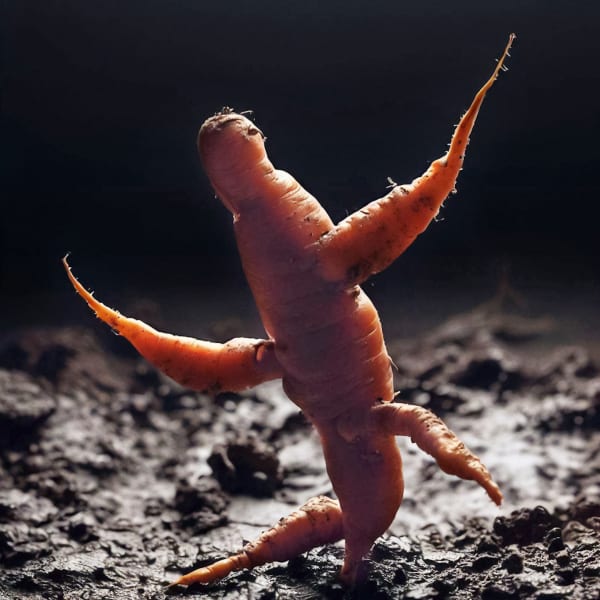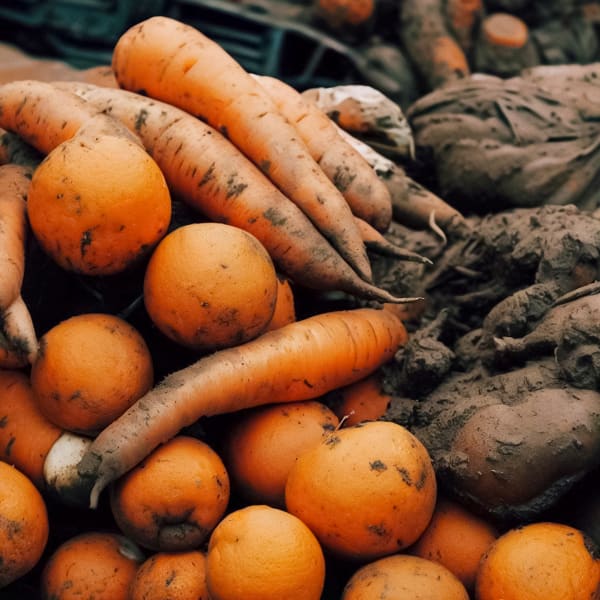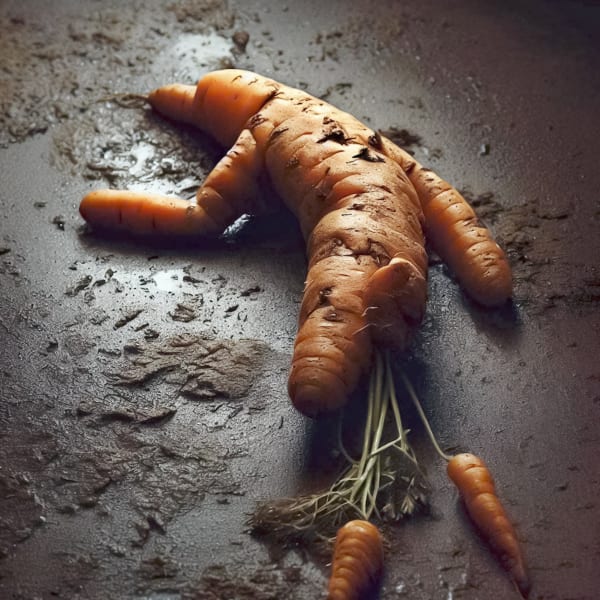ROOT: WILLEM DE ROOIJ
-
Introduction
Root is a new installation by Willem de Rooij, developed especially for Galerie Thomas Schulte. Touching on notions of identity and nationalism, it juxtaposes a seventeenth-century painting on loan from the Stadtmuseum Berlin with thirty-four unique photographic responses made by De Rooij.
In the seventeenth century, the Dutch Republic housed many prolific painters who developed numerous specialized painting genres. Individual artists cross-appropriated each other’s formal and iconographical techniques, which led to a rich and complex visual culture. Because of their innovations, Dutch artists became sought after by wealthy patrons across Europe.
One of them, Willem Frederiksz van Royen (ca. 1645, Haarlem, NL–1723, Berlin), arrived in Berlin from the Dutch Republic in 1669 to become a court painter to Friederich Wilhelm, Elector of Brandenburg, and his successor, Friederich I. Van Royen later became one of the founders of the Akademie der Künste, and after, a director and a professor there. Inspired by artists such as Melchior d’Hondecoeter, he specialized in flower still lifes and menageries. These were decorative genres that were popular with the elites of the time, and Van Royen’s works both recorded and idealized their lifestyles.
Today, a number of Van Royen’s works are still located in Berlin at the state and city collections, though many were looted in the Second World War. In a small still life from 1712, Orangen, an einem Faden aufgehängt, now in the Hermitage in Saint Petersburg, a cluster of oranges is depicted hanging on a string.[1] In the Dutch Republic, oranges at the time connoted royalism, a reference to the Dutch Royal Family, the House of Orange, and many painters used this motif to express their political convictions.[2] Today, the color orange still signals support for the Dutch nation-state and its policies.
In the seventeenth century, Dutch farmers cultivated a great variety of orange-colored carrot types that became popular export products. There is no proof that the resulting ‘hype’ was linked to monarchism, but it is known that in 1758, anti-monarchists from The Hague forced local vegetable sellers to hide their orange carrots.[3]
Perhaps Van Royen had the monarchy and his native country in mind when he found an anthropomorphic carrot at a Berlin market on July 18, 1699. On the back of the painting that he made of the carrot, Van Royen describes that it ‘was grown in a garden at St Jürgen’s Gate’.[4] That means this work was thought of as a realistic depiction of an actual object – unusual for art of the time, though not for Van Royen; the above-mentioned oranges and a striking pair of small still lifes depicting tulips[5] are equally naturalistic. Van Royen’s carrot still life is today part of the collection of Berlin’s Stadtmuseum and is registered there under the title Rübe.[6]
Willem de Rooij (b. 1969, Beverwijk, NL) moved from Amsterdam to Berlin in 2006 as a fellow of the DAAD’s Berliner Künstlerprogramm. Since then, he has been a professor at the Städelschule in Frankfurt am Main and from 2015, a mentor at the Rijksakademie in Amsterdam. He is co-director of the BPA// Berlin Program for Artists, a post-graduate mentoring program he founded in 2016 with colleagues Angela Bulloch and Simon Denny. De Rooij investigates the production, contextualization and interpretation of images through various media. Appropriation and collaboration inform his methods and facilitate research in art history and ethnography.
Throughout his thirty-plus-year career, De Rooij, time and again, scrutinizes visual and conceptual renderings of power. Since his 2010 installation Intolerance at Berlin’s Neue Nationalgalerie, he has created several projects that incorporate the display of paintings by seventeenth-century Dutch artists such as Hondecoeter, Jan Weenix, and Dirk Valkenburg, who were all part of the development of the genre that became known as the hunting still life. De Rooij’s installations demonstrate how these artists merged notions of exoticism with nationalism in a push to promote the Dutch empire.
Orange, a work from 2004 that De Rooij made with his longtime collaborator Jeroen de Rijke (1970–2006), is a slideshow of eighty-one monochrome shades of orange. It thematizes the relationship between Dutch nationalism and the racist impulses that informed the development of analogue photographic technology.
For the installation Root at Galerie Thomas Schulte,De Rooij experimented with off-the-shelf artificial intelligence (A.I.) image generators to develop thirty-four unique photographic responses to Rübe – one for each day the exhibition is open to the public.
The outcomes of De Rooij’s interactions with the A.I. image generators used for this project are by nature composites of countless sources made by numerous authors. As such, they follow the artist’s understanding of collaboration and appropriation as inextricably linked concepts. De Rooij prompted his photographic responses to echo Van Royen’s original. But where Van Royen’s fresh and perky-looking vegetable radiates optimistic vitality, De Rooij’s anthropomorphic renderings became less idealized and dirtier. The mud on and around these carrot figures reminds one of the earth they grow in. The dirt in these images can thus be read as filth but also as earth, land, and, therewith, as territory and homeland. As visual amalgamates, De Rooij’s renderings have a level of artifice in common with any cultivated product from mass-industrial Dutch agriculture.
De Rooij and Van Royen share strong but different attitudes regarding the artistic and political economies of their native country. De Rooij, who has said he finds it ‘easier to be Dutch at a distance’, engages with recent and historical nationalism and populism in the Netherlands to address broader transnational questions. Van Royen, on the other hand, was a migrant monarchist working for a foreign court. In Dutch, the words for carrot and root are one and the same. By painting an orange carrot, Van Royen seems to have referred to his roots.
Jodie Willmore, August 2023
Willem de Rooij (b. 1969, Beverwijk, NL) is an artist and educator in Berlin. He studied art history at the University of Amsterdam and art at the Rietveld Academie and the Rijksakademie in Amsterdam from 1989 to 1998.
De Rooij was a recipient of the Bâloise Art Prize In 2000 and was nominated for the Hugo Boss Award in 2004 and the Vincent Award in 2014. He was a Robert Fulton Fellow at Harvard University in 2004 and a DAAD fellow in Berlin in 2006. He represented the Netherlands at the 2005 Venice Biennale with Jeroen de Rijke, his collaborative partner from 1994 to 2006.
Recent solo exhibitions were staged at the Gemäldegalerie at the Akademie der Bildende Künste, Vienna; Delgosha Gallery, Tehran; Portikus Frankfurt; IMA Brisbane; Le Consortium, Dijon; and the Jewish Museum, New York. Recent group exhibitions include MAIIAM Contemporary Art Museum, Chiang Mai; Dr. Bhau Daji Lad Museum, Mumbai, Mumbai; Hammer Museum Los Angeles; Jakarta Biennale; Aishti Foundation, Beirut; and the 10th Shanghai Biennale.
De Rooij’s works can be found in the collections of Stedelijk Museum, Amsterdam; MUMOK, Vienna; Hamburger Bahnhof, Berlin; Centre Pompidou, Paris; MOCA, Los Angeles; and MoMA, New York.
[1] https://www.lostart.de/de/verlust/objekt/orangen-einem-faden-aufgehaengt/38978?term=van%20royen&filter%5Btype%5D%5B0%5D=Objektdaten&position=1
[3] https://www.volkskrant.nl/wetenschap/oranje-wortel-toch-geen-steunbetuiging-aan-oranjes~b2006a14/
[4] Also known as St Georg’s gate, located around Alexanderplatz
-
Installation Views
-
Works
-
Inquire about works by Willem de Rooij

